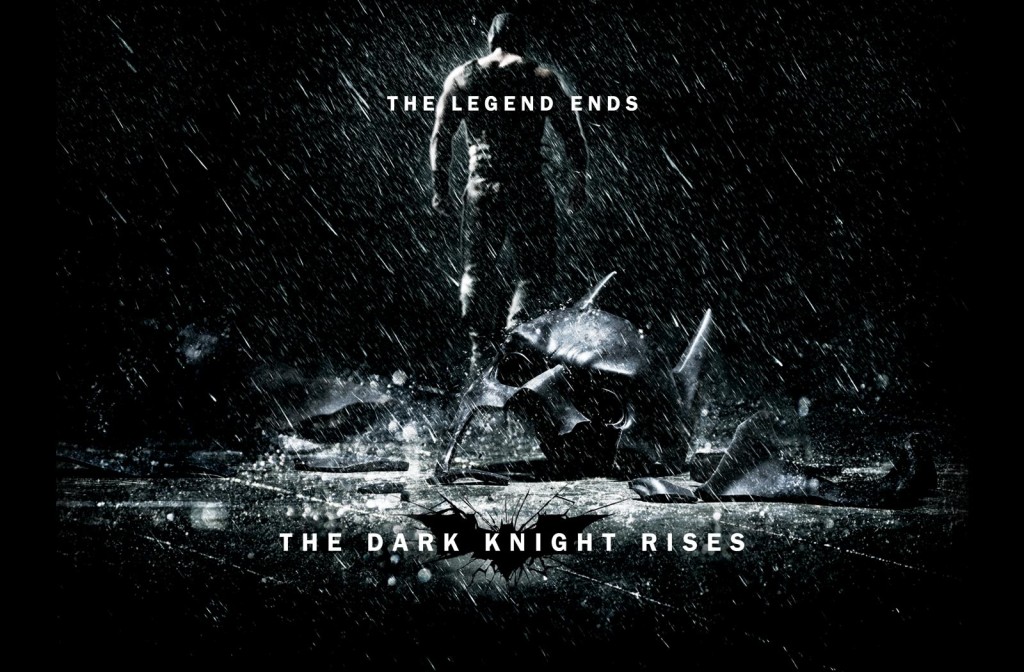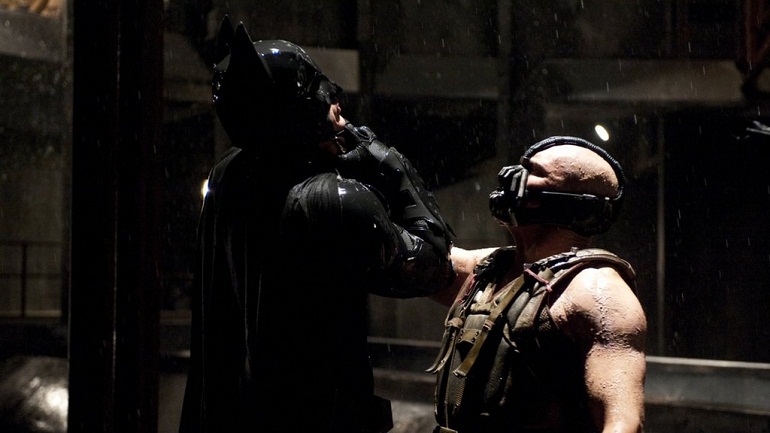The subject of last month’s post was director Alejandro González Iñárritu’s critically acclaimed film Birdman. A scene from the film which connects the prior and present posts involves protagonist Riggan Thomson (Michael Keaton), his daughter Sam (Emma Stone), and toilet paper. Sam shows Riggan the many dashes she has drawn on a roll of toilet paper with each dash representing one thousand years of Earth’s existence. Extending a single sheet toward her father she remarks that the one hundred and fifty dashes on the sheet signify the comparatively short length of time human beings have been on the planet. In case Riggan has not gotten the message Sam then proceeds to berate him, his blind ambition and grandiose sense of self—all of which are laughably insignificant next to the age and longevity of Earth.
Birdman oscillates back and forth between such scenes of deflation and inflation. However, throughout the film the importance given the attainment of creative highs and critical acclaim suggests that inflation is desirable over and above deflation. Images of super heroic skyward flight at the beginning and end of Birdman seem to confirm this suggestion. The belief in and realization of one’s dreams, abilities, and self-worth is paramount.
This (over-)valuation of the heroic spirit in Birdman is not meant to be taken seriously. The film after all is a satire: even its scenes of inflation are inflated, i.e., over-the-top. Nevertheless, as noted in last month’s post the film provocatively lends itself to a discussion of the psychological concept of persona and the philosophical notion of the spirit of this time. Whether understood individually or collectively, both ideas represent the adoption of beliefs and behaviors useful in the achievement of a desired aim or end. These beliefs, behaviors, and ends also result in external approval and admiration.
While an inflated sense of self and purpose can lead to advancement and growth, in the extreme inflation inevitably leads to deflation. For instance, athletic steroid use which had resulted in victory and adulation is discovered and gives way to the loss of fame and fortune. Or a nation’s belief in its exceptional role defending freedom at home and abroad leads to human rights violations and the shame and distrust those violations incur. What had been raised up as individual and/or collective aims and ideals is brought low.
In The Red Book Jung describes this reversal as an experience of incapacity which leads to the death and rebirth of the heroic spirit. He writes, “We cannot slay our incapacity and rise above it. This is precisely what we wanted. Incapacity will overcome us and demand its share of life” (240). In other words an experience of humility, inability, slowness and common membership in a larger community will overcome the arrogance, ability, haste, and narcissistic individualism which previously defined our identity.
Christopher Nolan’s The Dark Knight Rises provides a particularly evocative example of a character’s attempt to slay his incapacity and rise above it. Identified with his role as Batman, Bruce Wayne (Christian Bale) descends into the darkened sewers beneath Gotham and takes on his archenemy Bane (Tom Hardy) in hand-to-hand combat. Bruce loses. Bane not only breaks Bruce’s spirit but his body as well. At one point Bane taunts him: “Oh, so you think darkness is your ally? But you merely adopted the dark. I was born in it, molded by it . . . . The shadows betray you because they belong to me.” In short, if Bruce is going to rise again and defeat Bane he needs something more than a heroic spirit born of the shadows. He needs something more than his adopted persona of the caped crusader.
Deposited far from Gotham in a deep and inescapable pit Bruce can only watch as Bane slowly brings Gotham to ruin. However, over time and through conversations with older wiser prisoners Bruce learns what he needs to do to heal his body and spirit. He also learns that decades earlier a lone individual—a child—successfully escaped the pit. If Bruce is to succeed in escaping, then, he must recognize and embrace his own incapacity or fear. He must replace his attitude of heroic superiority and godlikeness with one of unassuming childlikeness—a transformation mentioned by Jung in a footnote in The Red Book (229).
In another footnote Jung writes, “When I was aspiring to my highest worldly power the spirit of the depths sent me nameless thoughts and visions that wiped out the heroic aspiration in me as our time understands it” (240). Jung conversed with these thoughts and visions as he would a living breathing person and what he learned from them humbled him and healed him of the pathological aspects of the spirit of this time described in the present and prior posts. The Red Book contains these most illuminating conversations.
Bruce Wayne’s time in a pit in a foreign land conversing with other prisoners was his own experience of the spirit of the depths. To the degree that filmgoers are moved by the thoughts and visions that comprised Bruce’s experience they too are moved by this spirit and the power of cinema to effect a psychological realization and transformation. In this manner the super realism mentioned in last month’s post gives way to what might be termed deep realism, i.e., a deep and abiding experience of the reality of the psyche to heal and transform through image and emotion. Future posts further explore the healing images and emotions found in motion pictures such as Birdman, Batman, and the latter’s modern incarnations.



